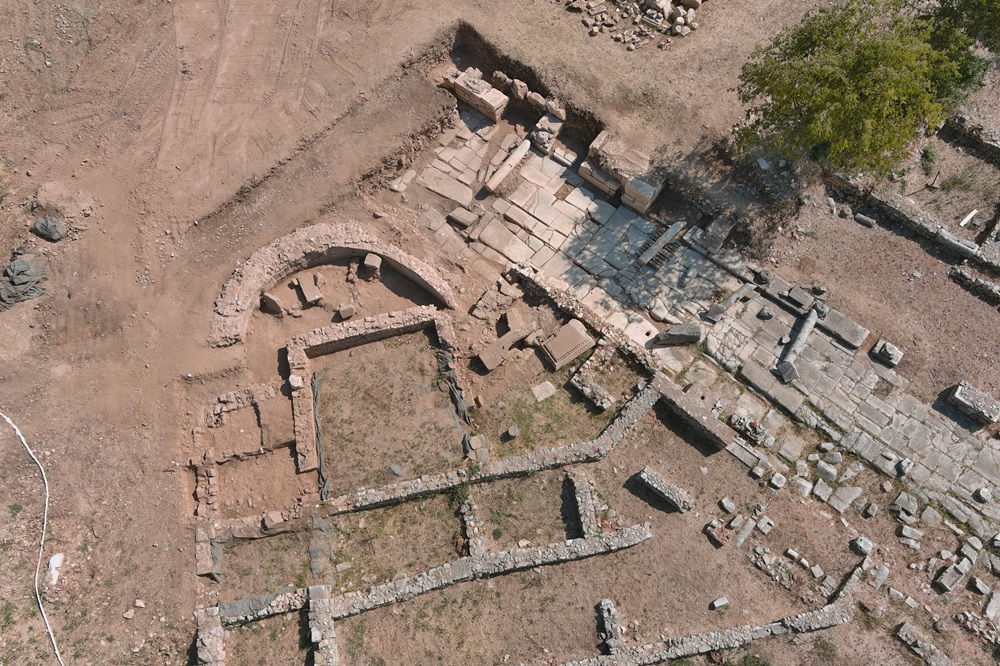
On Friday 15 September 2023 the excavation research conducted by the Aristotle University team at Philippi under the direction of Professor of Byzantine Archaeology Natalia Poulou and with direct collaborators, Assistant Professor of Byzantine Archaeology Anastasios Tantsis and Professor Emeritus of Byzantine Archaeology Aristotle Mendzos, was completed. Fifteen (15) students of the Aristotle University of Thessaloniki took part in the excavation (11 undergraduate students, 2 postgraduate students and 2 doctoral candidates).
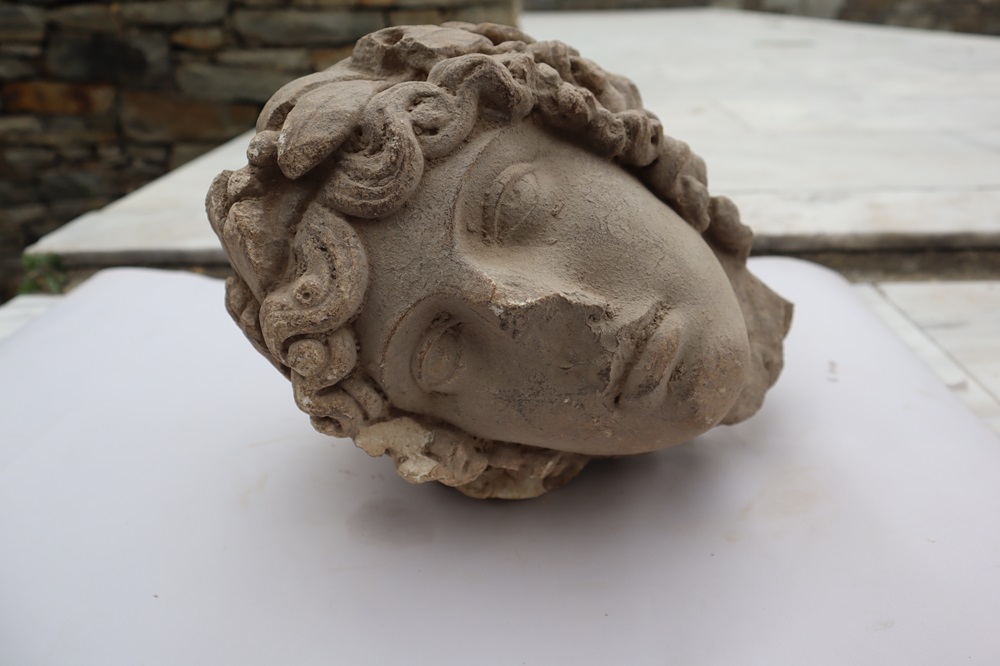
This year the excavation continued east of the southern main road (decumanus) at the point where it meets the northern axis of the city (the so-called “Egnatia”). The continuation of the marble-paved road was revealed, on the surface of which a coin (bronze phyllis) of the emperor Leo VI (886-912) was found, which helps to determine the duration of the road’s use. At the point where the two streets converge, a widening (square) seems to have been formed, dominated by a richly decorated building.
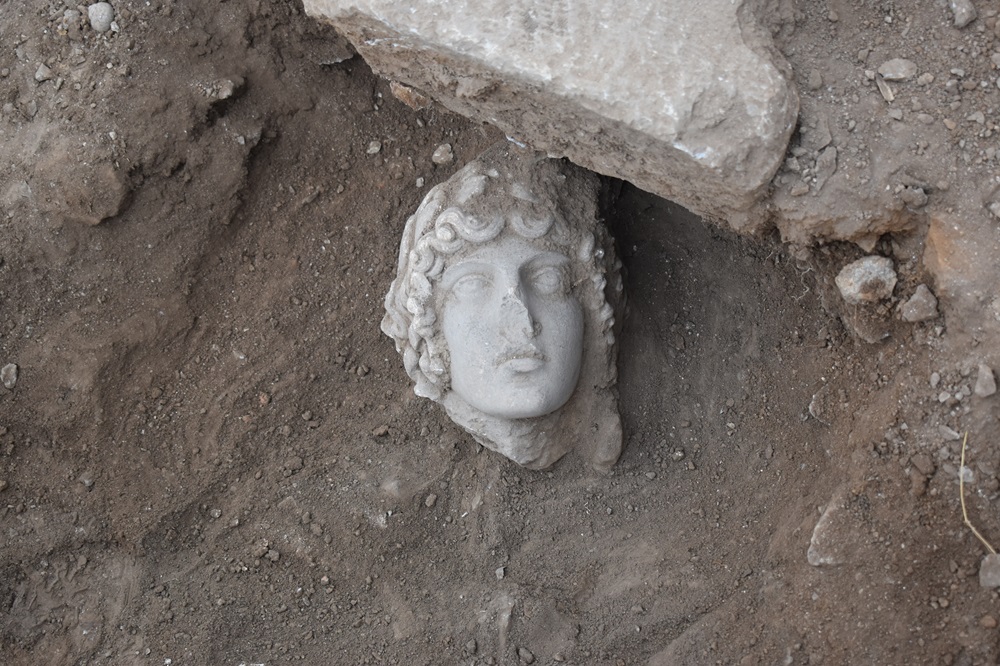
The research of 2022 brought to light part of the rich decoration of the fountain with the most impressive statue depicting Hercules as a boy with a young body. The recent excavation (2023) revealed the head of another statue: it belongs to a figure of a young man with a rich crown topped by a laurel leaf wreath. This beautiful head seems to belong to a statue of the god Apollo. Like the statue of Hercules, it dates from the 2nd or early 3rd century AD and probably adorned the fountain, which took its final form in the 8th to 9th centuries.
The excavation will continue next year.

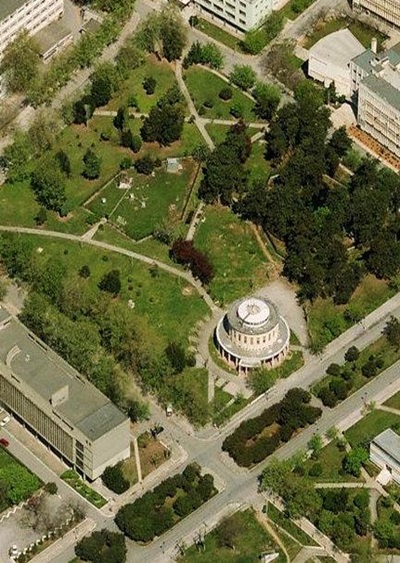
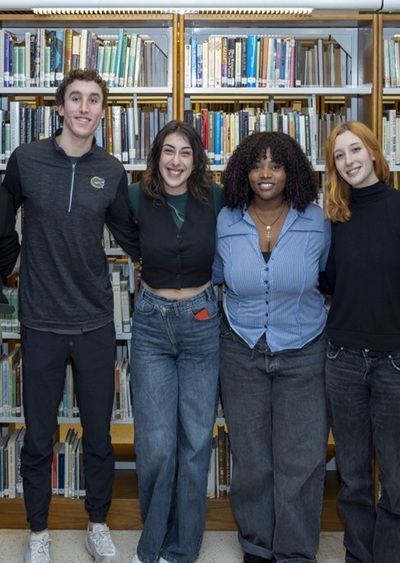

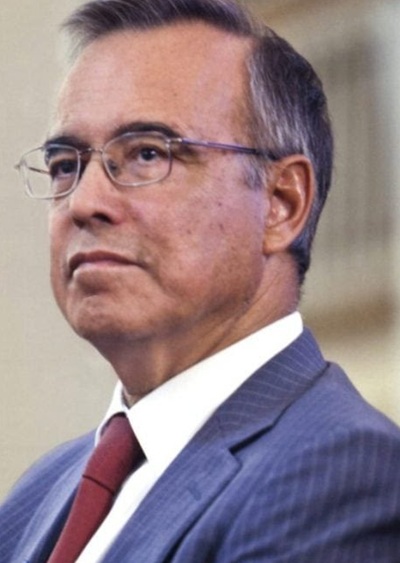


Leave A Comment